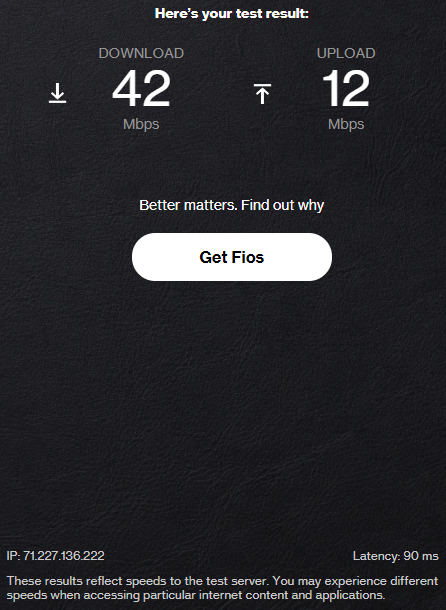
So a 1Gbps wired connection generally sustains at somewhere between 800 Mbps to 950 Mbps.Īs a result, you need to wait till all of your equipment support Multi-Gig (2Gbps or faster) wired speeds to have actual Gigabit Internet locally.īy the way, Gig+ - that’s the speed between 1Gbps and 2Gbps - generally applies only to WAN (Internet) or Wi-Fi. That’s the same as you can’t ride at the top speed of your Tesla at all times - even if you don’t care about speed limits.Įven though a wired connection tends to have little overhead, it doesn’t deliver 100 percent efficiency. When Gigabit is the ceiling speed, you can’t expect it to be the actual speed. That’s because the speed of a connection is always that of the slowest party involved. If even all of your devices are capable of handling Gig+ or Multi-Gig - very unlikely - all it takes is one Gigabit switch in the network to make 1Gbps the ceiling speed of your home infrastructure.Īnd in some cases, if you happen to have that old Fast Ethernet switch (or router), your speed will be limited to 100Mbps no matter how fast your end-devices are. Specifically, chances are your networking equipment - be it your router, your switches, your modem, and so on - caps at 1Gbps. Gigabit is the baselineįirst, that’s because Gigabit is the baseline of your home network infrastructure. There are more reasons why you won’t than otherwise. Just because you have super-fast Internet doesn’t mean you’ll experience Gigabit broadband on every or even any device. The most common questions I got are along the lines of “I only get this much speed on my laptop and that much on my iPad. Gigabit Internet: Why you likely won’t experience it in full
FIOS INTERNET SPEED TEST FOR MAC HOW TO

What router or mesh system should I get if I have Gigabit Internet and want to get the most out of it at all times?.So, Gigabit-class Internet and super-faster Wi-Fi routers are overrated?.Most of the Internet itself is sub-Gigabit.

Gigabit Internet: Why you likely won’t experience it in full.


 0 kommentar(er)
0 kommentar(er)
